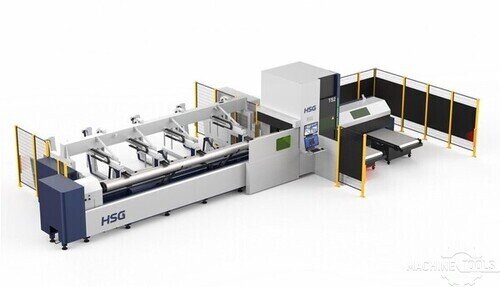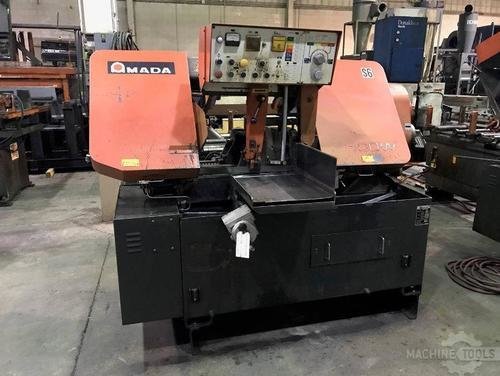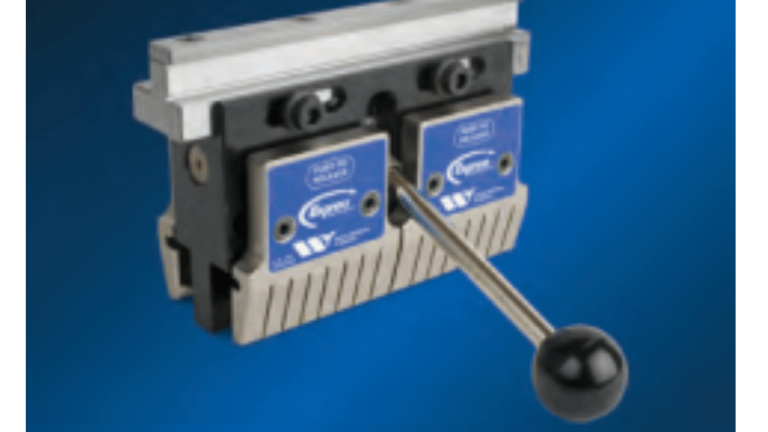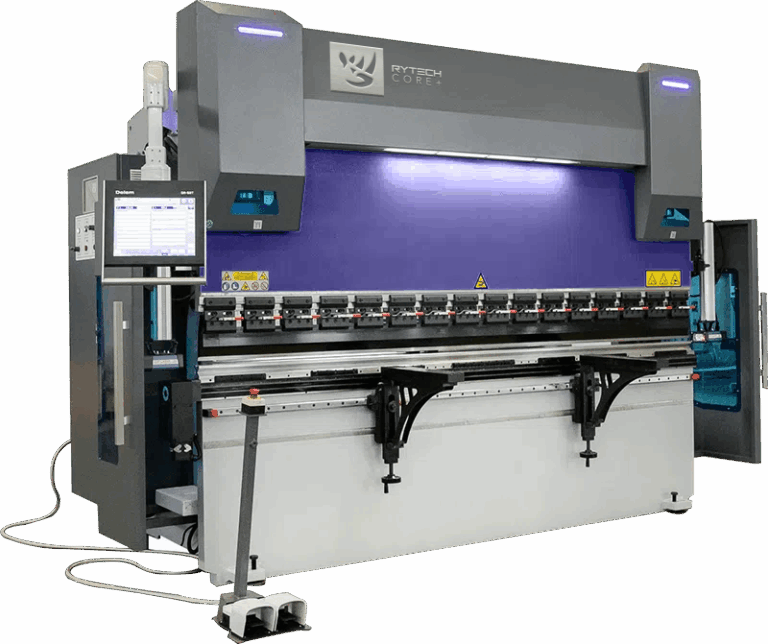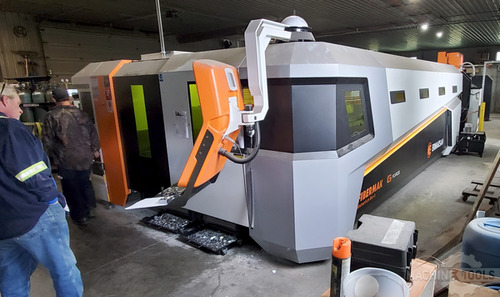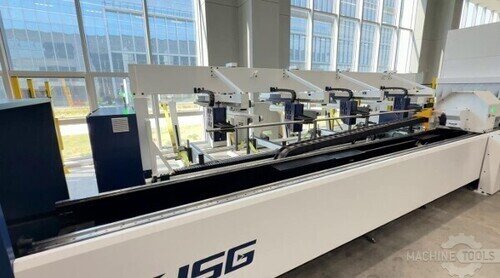When I sit down with fabrication shop owners and production managers, the conversation is always about more than just machines. It’s about solving bottlenecks, staying competitive, and making investments that pay off for years. In my role at Mac-Tech, I’ve helped dozens of fabricators navigate the maze of new technology, especially when it comes to tube lasers. Lately, the question on everyone’s mind is whether stepping up to a 20kW tube laser is the right move. Here’s what I’ve learned, and what I share with my clients as they weigh this important decision.
Understanding the Real-World Impact of 20kW Tube Lasers on Fabrication Shops
The leap from a 3kW or 6kW tube laser to a 20kW powerhouse is significant, not just in terms of raw cutting capacity but also in what it means for your day-to-day operations. A 20kW laser isn’t just about speed; it’s about unlocking new capabilities. Shops that regularly process thick-walled tubes or high-strength alloys see immediate benefits in cut quality and cycle times. With more power, you can handle a wider range of materials and profiles, expanding your job portfolio and reducing the need for secondary operations.
However, the real value shows up in how these machines impact shop flow. Faster cutting means you can take on bigger jobs or reduce overtime. For many of my clients, this means shifting from reactive scheduling to proactive growth. But power isn’t everything—operator training, maintenance, and support must keep pace to ensure the investment delivers in the long run.
Comparing Throughput and Efficiency: 20kW Lasers Versus Conventional Systems
Throughput is the metric that often drives the conversation. With a 20kW tube laser, cut speeds can be two to three times faster than mid-range models, especially on thicker materials. This means more parts off the table per shift and a real opportunity to reduce lead times for key customers. It also opens the door to more complex part geometries, since higher power can maintain edge quality even at high speeds.
But efficiency isn’t just about the number of parts—it’s about how well your whole operation runs. High-power lasers can reduce the need for post-processing, lower scrap rates, and even allow for lights-out production with the right automation. In my experience, the shops that see the biggest gains are the ones that integrate their laser with smart material handling and invest in upskilling their operators to match the new pace.
Addressing Press Brake and Tooling Integration with High-Power Lasers
One key topic I always cover is how the rest of the shop will keep up. Upgrading to a 20kW tube laser often exposes bottlenecks downstream, especially at the press brake. If your forming equipment isn’t up to the same standard, you risk simply moving the bottleneck rather than eliminating it. This is why I encourage clients to take a holistic view—sometimes the right move is a tandem upgrade or at least a plan for staging investments.
Tooling is another critical consideration. High-power lasers produce cleaner, more consistent cuts, which can reduce tool wear and make bending operations more predictable. In some cases, you can even move to more complex forms or tighter tolerances because the cut edge is so precise. My advice: work with suppliers who understand both sides of the equation and can help you optimize your process from cut to bend.
HSG TS2 HIGH SPEED TUBE FIBER LASER CUTTING MACHINE
R1 HIGH-SPEED TINY TUBE LASER CUTTING MACHINE
- Follow-up support for high precision
- Efficient multi-load loading
- Chuck jumping for short trailings
- Intelligent Bus operating System
Calculating ROI: What Fabricators Need to Know Before Upgrading
The question I hear most often is, “Will this pay off?” ROI calculations for a 20kW tube laser have to consider more than just purchase price and throughput. You need to account for reduced labor, less rework, increased capacity, and the ability to take on higher-value jobs. Many of my clients see payback in two to four years, but the range depends on your current mix, market, and growth goals.
A thorough analysis should include not only direct cost savings but also the value of new business you can pursue. For example, the ability to cut thicker, harder materials can open doors in industries like construction, agriculture, or heavy equipment—sectors that demand precision and speed. My approach is to run side-by-side comparisons using your actual part mix and production data. This way, you get a realistic projection, not just a sales pitch.
Building Lasting Value: How Strategic Equipment Choices Strengthen Customer Relationships
Investing in a 20kW tube laser is about more than just numbers; it’s about building a reputation for quality and reliability. Customers notice when you can turn jobs faster, hold tighter tolerances, and offer capabilities that competitors can’t. This doesn’t just help you win jobs—it helps you keep them.
Strategic equipment choices also send a message to your team. When you invest in state-of-the-art technology, you show your commitment to growth and to staying ahead in a tough market. The shops I see thriving are the ones that treat these upgrades not as a one-time event, but as part of an ongoing partnership with their customers and vendors. At Mac-Tech, I make it a point to support clients long after the sale, whether it’s with training, process optimization, or troubleshooting. That’s how you turn an equipment purchase into lasting value.
FAQ
How much faster is a 20kW tube laser compared to a 6kW model?
On thick-walled or high-strength materials, cut speeds can be up to three times faster with a 20kW laser compared to a 6kW system.
What are the biggest challenges when upgrading to high-power lasers?
Operator training, integrating downstream equipment, and ensuring consistent material handling are the most common hurdles to address.
Do I need to upgrade my press brakes if I buy a 20kW tube laser?
Not always, but it’s important to evaluate whether your current forming equipment can keep up with the increased output and tighter tolerances.
How can I make sure the ROI projections are accurate for my shop?
Use your actual part mix and production data to run side-by-side comparisons, rather than relying solely on generic estimates.
Are there maintenance differences with 20kW tube lasers?
Higher power means more attention to consumables and optics, but most modern systems are designed for reliability and ease of maintenance.
Can a 20kW laser help me win new business?
Yes, especially in markets that require thicker materials, tight deadlines, or advanced geometries.
Get Weekly Mac-Tech News & Updates

